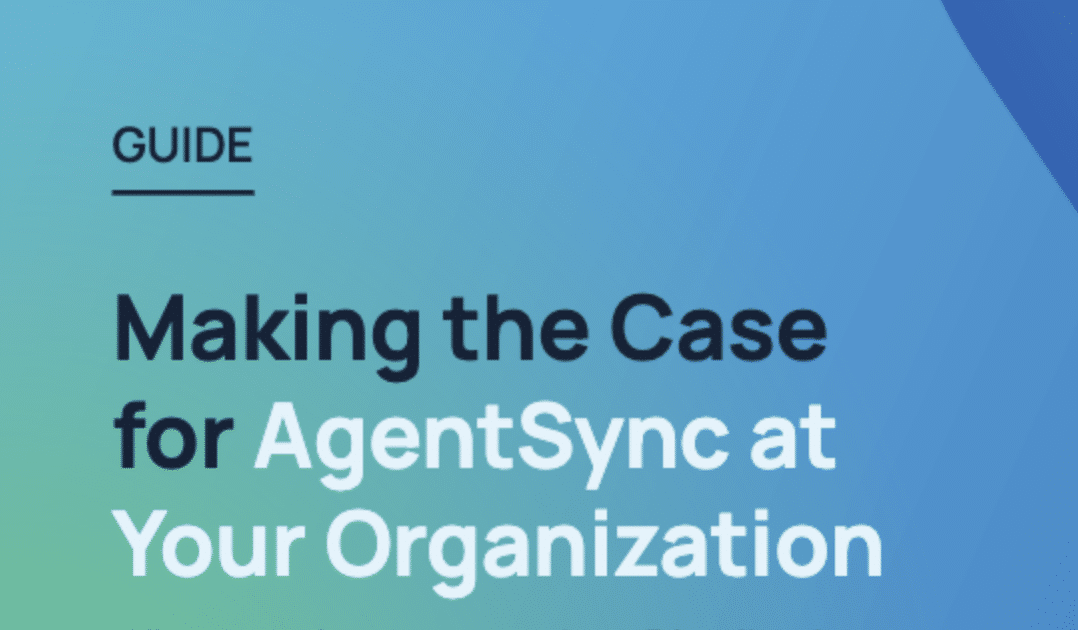


You’re over-tracking your agents’ licenses in a spreadsheet and dedicating an entire team of professionals to keeping license and appointment records in compliance. You’re ready to grow, and you know this manual process is holding you back. You have two options: Build an automated solution that keeps your agents’ licenses in compliance, or enlist a software service to do it for you.
Maybe you’re thinking about the pros of being able to tailor a compliance solution to your specific needs, or maybe you’re thinking you can save a few dollars. Before you go full Chip-and-Joanna-Gaines on building your own solution, do your research, listen to some experts, and make sure you have both eyes fully open to the realities of what it entails.
Steps 1-5: Integrating with NIPR
Using the National Insurance Producer Registry (NIPR) is practically non-negotiable. It’s either this or connect with each state individually; since many of them use NIPR’s producer database (PDB) as their primary tool for licensing and compliance data, going that route still ends up at a NIPR integration.
Your people
You need a highly experienced software engineer to build your way into NIPR’s various data streams (at least one). You also need an insurance expert (truly, someone with decades of insurance industry experience) who can translate insurance-ese into human language and then that into software language. Thankfully, highly skilled and experienced experts are easy to come by and inexpensive to retain. LOL
Importing from NIPR
The PDB: The first task will be integrating with the NIPR PDB. This is far easier said than done. NIPR is a vast trove of information. Trying to find the exact record you’re looking for is like fishing for a specific fish in the ocean – we’re talking about historical records for all producers, who may be licensed across multiple states and with multiple lines of authority (and remember, not all states recognize the same LOAs), appointed with multiple carriers, and affiliated with various agencies.
The PDB has its own language and unique codes for every piece of information, so much of the initial integration process is dissecting NIPR-speak. Additionally, you’ll need to develop a system for handling state-submitted changes that flow through the PDB, including how often you plan to sync your system with the PDB, and what that will cost.
Where is the data going?
Once you begin “fishing” the data, where are you going to put it? How will the people who need access get to it? We built our platform on Salesforce because of its easy-to-integrate API and open code that gave us somewhere to put the data from the PDB. But if your reason to DIY a sync with NIPR is for control and customization, you may also have to build that perfect management system that will display what you want, how you want it.
Some other key considerations here are how you’ll protect the data you’re pulling in from NIPR and collecting from producers. Submitting transactions to NIPR means collecting, storing, and processing very sensitive data. Additionally, will the information that isn’t accessible through NIPR have a place to live so it’s complete and auditable by state regulators? You’ll want to be sure that your efforts to increase your compliance don’t actually expose you to more risk.
Syncing with the PDB pulls in a lot of information. Your team will need to decide who has access, what needs to display, and what information your system can ignore. Further, you might want to be able to track information for many producers over a period of time, and schedule alerts for certain data points (think expiration dates as they come up) – each of those metrics will take work to track and program.
Another consideration is whether you can fully leverage your sync’s use with other integrations with upstream or downstream technologies. Will your team be able to hook your license information system into your contracting software, commissions payments system, policy admin system, CRM or HRIS systems, or accounting systems?
Sending data back through the NIPR PDB Gateway
One of the real value prospects of syncing to the PDB is the possibility of integrating with the PDB Gateway, which is NIPR’s portal to submit producer data back through. Unfortunately, it’s not as simple as just reverse-engineering your original PDB sync; the Gateway uses a different set of codes for each field of information, so this integration means starting fresh.
A NIPR Gateway integration also means needing to build redundancies to be sure you have alerts if your submission is interrupted or rejected. You’ll have to understand Gateway error messages, but also know there are instances where there is no error message even if the information is rejected. Imagine: Say a state changes a bail bonds license from being a property and casualty license to being classified as a personal lines license. The Gateway code changes. You accidentally resubmit a bail bond agent’s P&C license as the parent license, the Gateway no longer recognizes this code, and your submission flies into the ethersphere. You don’t get a rejection notice, so your system continues to show that the agent’s license is in good standing despite it actually being out of compliance.
Steps 6 through ∞
If you got synced up with NIPR, figured out where to put your data and how, and even synced to the Gateway to flow information back through, you’re done! Problem solved!
Or, rather, this is actually the beginning. Because as state regulations change, technology advances, and the NIPR PDB evolves, your license software team will need to have at least one engineer dedicated to implementing changes and providing ongoing support.
We frequently talk to agencies, carriers, and MGAs or MGUs that invested untold amounts of time and money into building their own licensing compliance software before they understood the full scope of commitment.
To bring it around to our earlier HGTV analogy, remember that today’s shiplap is yesterday’s shag carpet: It’s not just about getting your licensing compliance tools built; keeping them current is key.
Before you decide to build, you’ll want to be sure you have the right team, and understand the scope of the undertaking. Alternatively, if you’re looking for something that’s got “good bones” and is “move-in ready,” check out what’s already on the market.
If you’re interested in the best of both worlds, check out how AgentSync Manage includes extensive personalization both in terms of branding and tailoring to your specific use-case by booking a demo with us.

